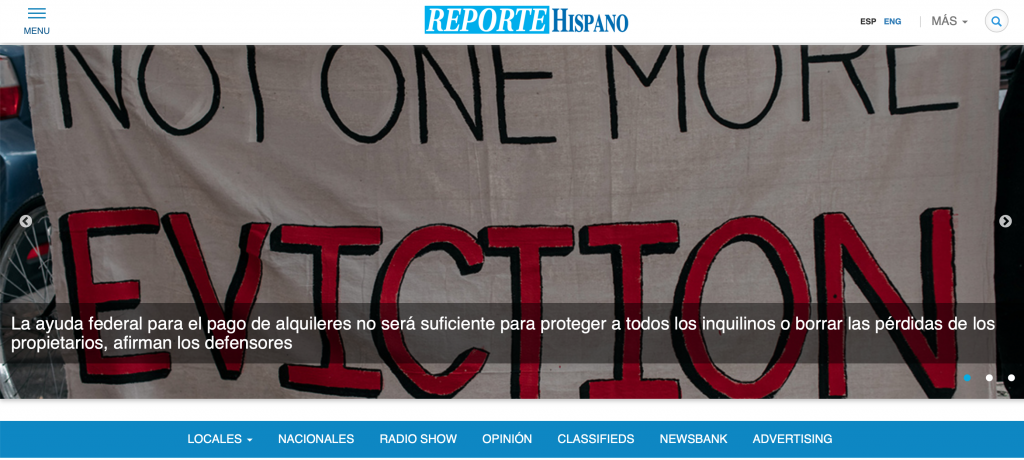
Community Webs, the Internet Archive’s community history web and digital archiving program, is welcoming over 60 new members from across the US, Canada, and internationally. This new cohort is the first expansion of the Community Webs program outside of the United States and we are thrilled to be supporting the development of diverse, community-based web collections on an international scale.
Community Webs empowers cultural heritage organizations to collaborate with their communities to build web and digital archives of primary sources documenting local history and culture, especially collections inclusive of voices typically underrepresented in traditional memory collections. The program achieves this mission by providing its members with free access to the Archive-It web archiving service, digital preservation and digitization services, and technical support and training in topics such as web archiving, community outreach, and digital preservation. The program also offers resources to support a local history archiving community of practice and to facilitate scholarly research.
New Community Webs member Karen Ng, Archivist at Sḵwx̱wú7mesh Úxwumixw (Squamish Nation), BC, Canada, notes that the program offers a way to capture community-generated online content in a context where many of the Nation’s records are held by other institutions. “The Squamish Nation community is active in creating and documenting language, traditional knowledge, and histories. Now more than ever in the digital age, it is imperative that these stories and histories be captured and stored in accessible ways for future generations.”
Similarly, for Maryna Chernyavska, Archivist at the Kule Folklore Centre in Edmonton, Canada, the program will allow the Centre to continue building relationships with community members and organizations. “Being able to assist local heritage organizations with web archiving will help us empower these communities to preserve their heritage based on their values and priorities, but also according to professional standards.”
The current expansion of the program was made possible in part by generous funding from the Andrew Mellon Foundation, which supports the growth of Community Webs to new public libraries in the US. Additional funding provided by the Internet Archive allows the program to reach cultural heritage organizations in Canada and beyond. This newest cohort brings the total number of participants in Community Webs to over 150 organizations, a ten-fold increase since the program’s inception in 2017. For a full list of new participants, see below. The program continues to add members – if your institution is interested in joining, please view our open calls for applications and please make your favorite local memory organization aware of the opportunity.
Programming for the new cohort is underway and these members are already diving into the program’s educational resources and familiarizing themselves with the technical aspects of web archiving and digital preservation. We kicked things off recently with introductory Zoom sessions, where participants met one another and shared their organizations’ missions, communities served and goals for membership in the program. Online training modules, developed by staff at the Internet Archive and the Educopia Institute, went live for new members at the beginning of September. And our new cohort joined our existing Community Webs partners at our virtual Partner Meeting on September 22nd.
We are thrilled to see the program continuing to grow and we look forward to working with our newest cohort. A warm welcome to the following new Community Webs members!
Canada:
- Aanischaaukamikw Cree Cultural Institute
- Age of Sail Museum and Archives
- Ajax Public Library
- Blue Mountains Public Library – Craigleith Heritage Depot
- Canadian Friends Historical Association
- Charlotte County Archives
- City of Kawartha Lakes Public Library
- Community Archives of Belleville and Hastings County
- Confluence Concerts | Toronto Performing Arts Archives
- Edson and District Historical Society – Galloway Station Museum & Archives
- Essex-Kent Mennonite Historical Association
- Ex Libris Association
- Fishing Lake Métis Settlement Public Library
- Frog Lake First Nations Library
- Goulbourn Museum
- Grimsby Public Library
- Hamilton Public Library
- Kule Folklore Centre
- Maskwacis Cultural College
- Meaford Museum
- Milton Public Library
- Mission Folk Music Festival
- Nipissing Nation Kendaaswin
- North Lanark Regional Museum
- Northern Ontario Railroad Museum and Heritage Centre
- Parkwood National Historic Site
- Regina Public Library
- Sḵwx̱wú7mesh Úxwumixw (Squamish Nation) Archives
- Société historique du Madawaska Inc.
- St. Clair West Oral History Project
- Temagami First Nation Public Library
- The ArQuives: Canada’s LGBTQ2+ Archives
- The Historical Society of Ottawa
- Thunder Bay Museum
- Tk’emlups te Secwepemc
International:
- Biblioteca Nacional Aruba
- Institute of Information Science, Academia Sinica (Taiwan)
- Mbube Cultural Preservation Foundation (Nigeria)
- National Library and Information System Authority (NALIS) (Republic of Trinidad and Tobago)
United States:
- Abilene Public Library
- Ashland City Library
- Auburn Avenue Research Library on African American Culture and History
- Charlotte County Libraries & History
- Choctaw Cultural Center
- Cultura Local ABI
- DC History Center
- Forsyth County Public Library
- Fort Worth Public Library
- Inuit Circumpolar Council – Alaska
- Menominee Tribal Archives
- Mineral Point Library Archives
- Obama Hawaiian Africana Museum
- Scott County Library System
- South Sioux City Public Library
- St. Louis Media History Foundation
- Tacoma Public Library
- The History Project
- The Seattle Public Library
- Tipp City Public Library
- University of Hawaiʻi – West Oʻahu
- Wilmington Public Library District
Congrats to these new partners! We are excited to have you on board.














